Protecting Public Health: Minimizing Lead Exposure
Our Commitment
Providing safe, reliable water is our top priority. To ensure that your water meets all state and federal safety standards, we analyze more than 15,000 samples every year for a wide range of contaminants, including lead. The good news – Sebago Lake has no measurable lead.
The Issue
Lead, a material sometimes used in water systems until 1930 in our area and in household plumbing into the 1980s, poses a serious health risk, particularly to developing fetuses, infants, and children. Lead can be present in some service line pipes that connect older homes to the water system and in home plumbing and fixtures. It is estimated that up to 10% of a person’s lead exposure could come from water.
Possible sources of lead:
- Lead service line
- Copper pipe with lead solder
- Faucets & fixtures
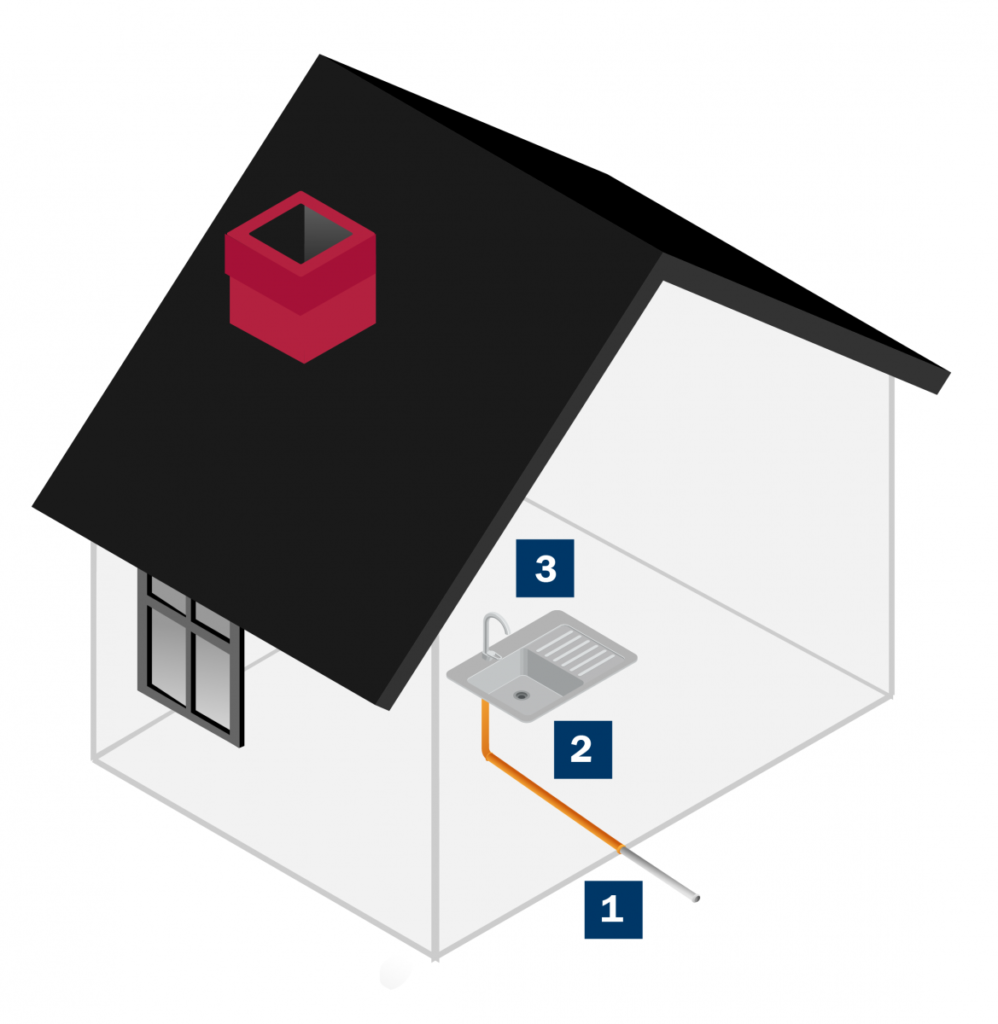
Our Response
In order to protect the public from the possibility of lead dissolving into the water from pipes and fixtures, we have adjusted the water’s chemistry at the treatment plant. Since optimizing corrosion control treatment in 2002, the PWD has successfully reduced lead exposure and has been in full compliance with all aspects of the current rule.
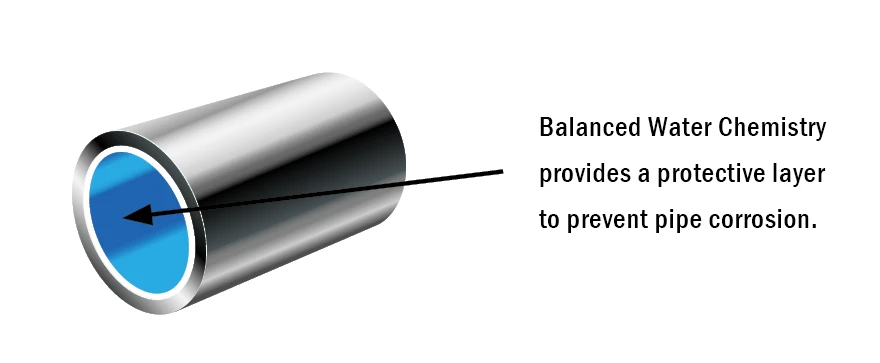
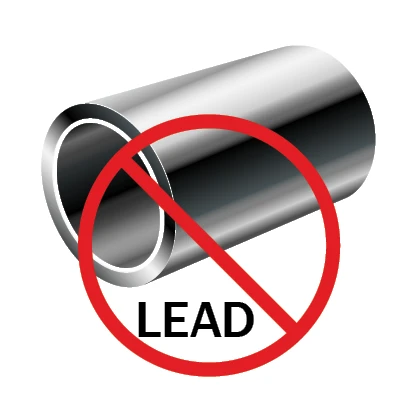
Good News
Our records indicate that we have no lead service lines on the public portion of the water system.
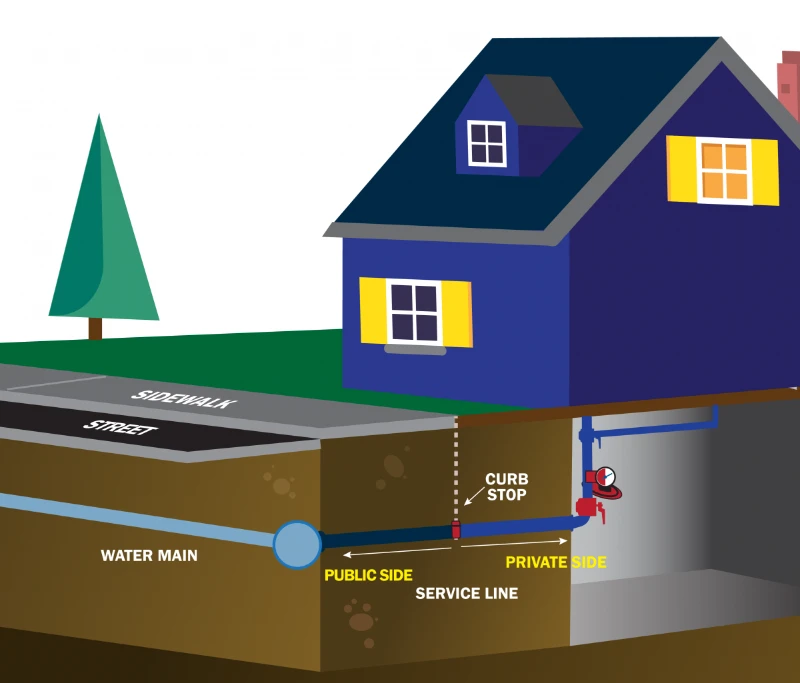
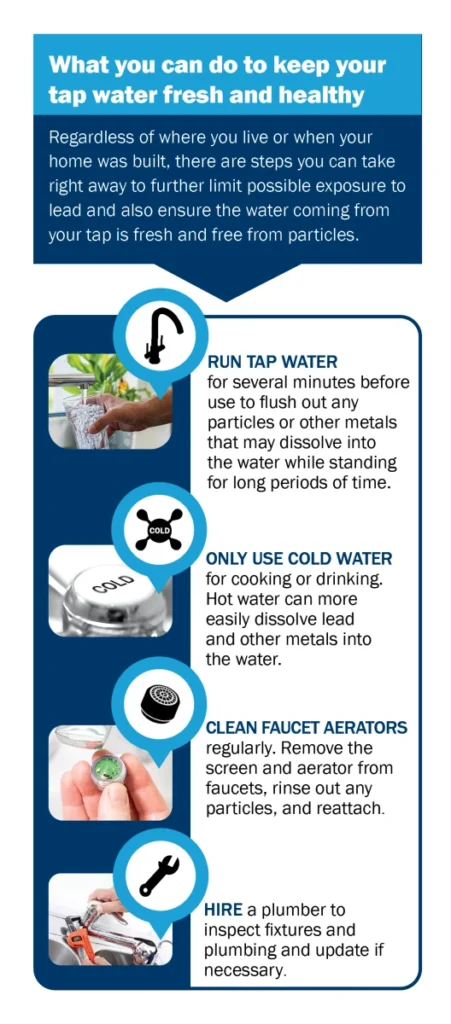
Now new rules are requiring public utilities to:
- Assess and determine if service lines on the private side are made of lead
- Expand public education
- Update our sampling plan Develop lead sampling plans for schools and childcare facilities
Resources
In 2021, EPA announced new Lead and Copper regulations that aim to further eliminate sources of lead in water and require testing in schools. The rule goes into effect October 2024
With the passage of LD 153 (An Act to Strengthen Testing for Lead in School Drinking Water), the Maine Legislature has mandated that all schools in Maine test their drinking water for the presence of lead. The State of Maine Drinking Water Program is coordinating the effort, which will run October 1, 2021, to May 31, 2022